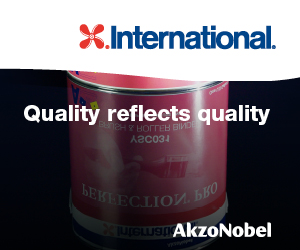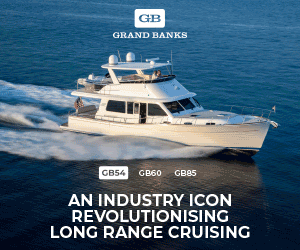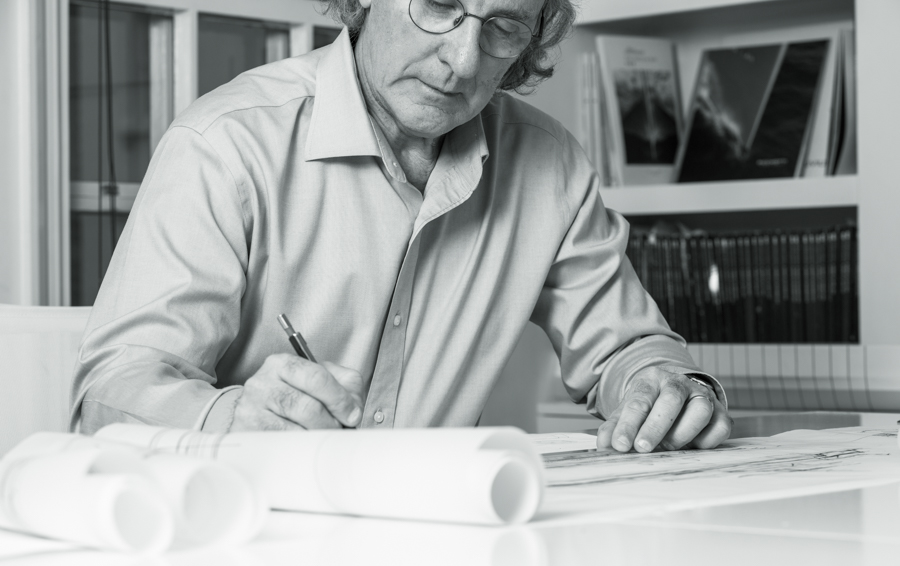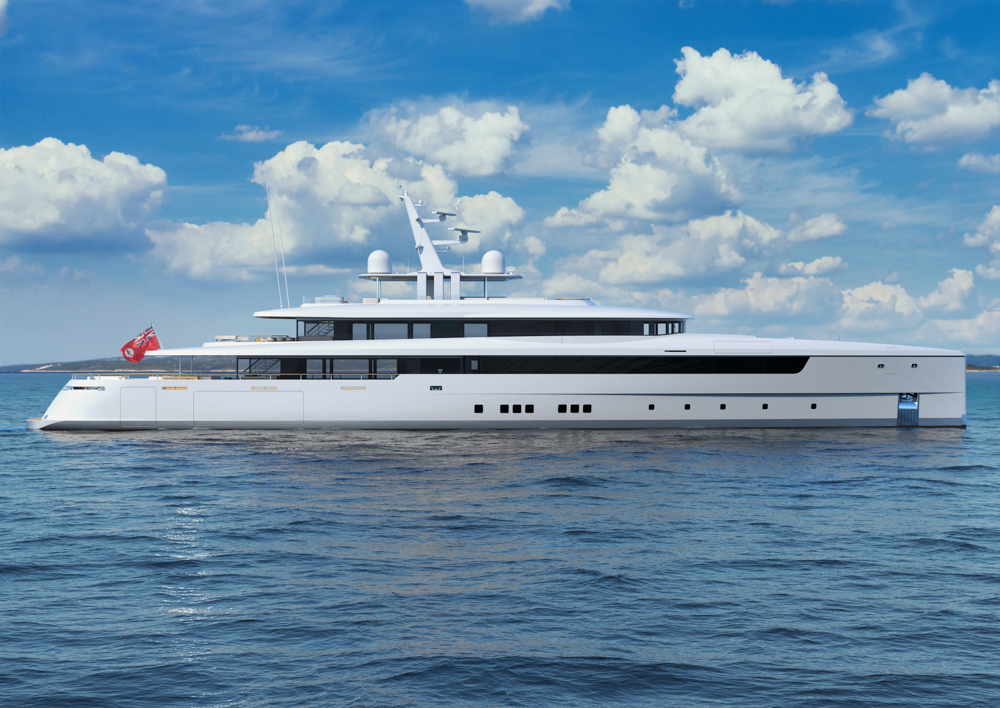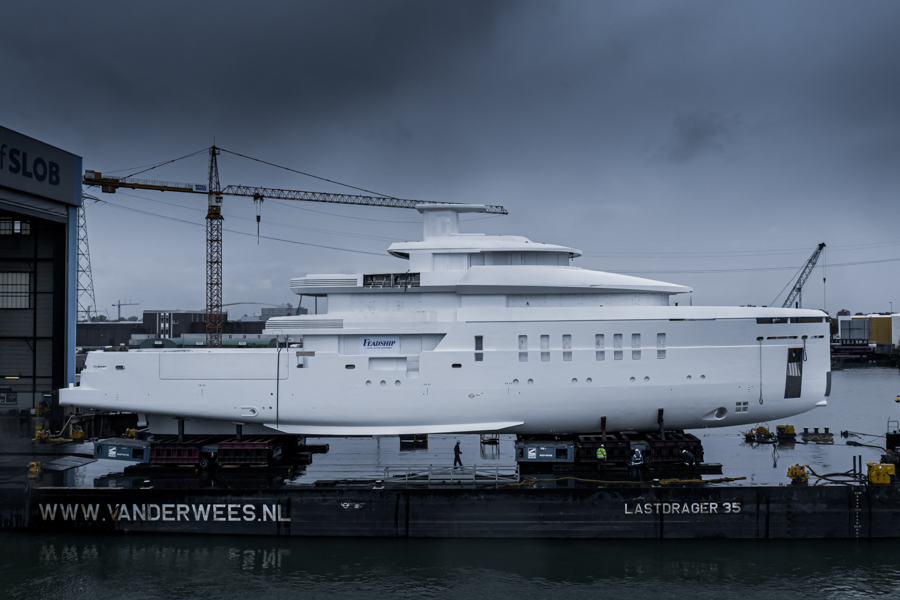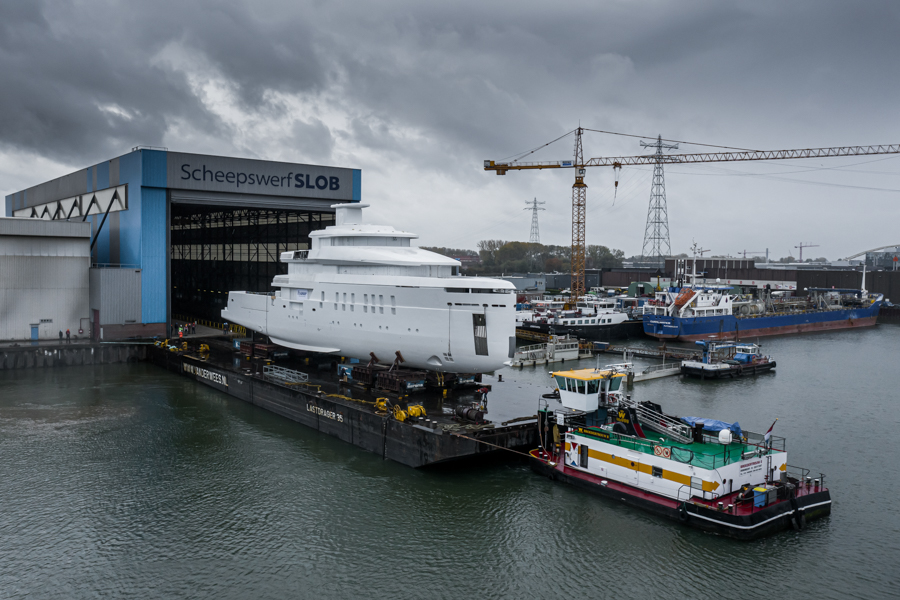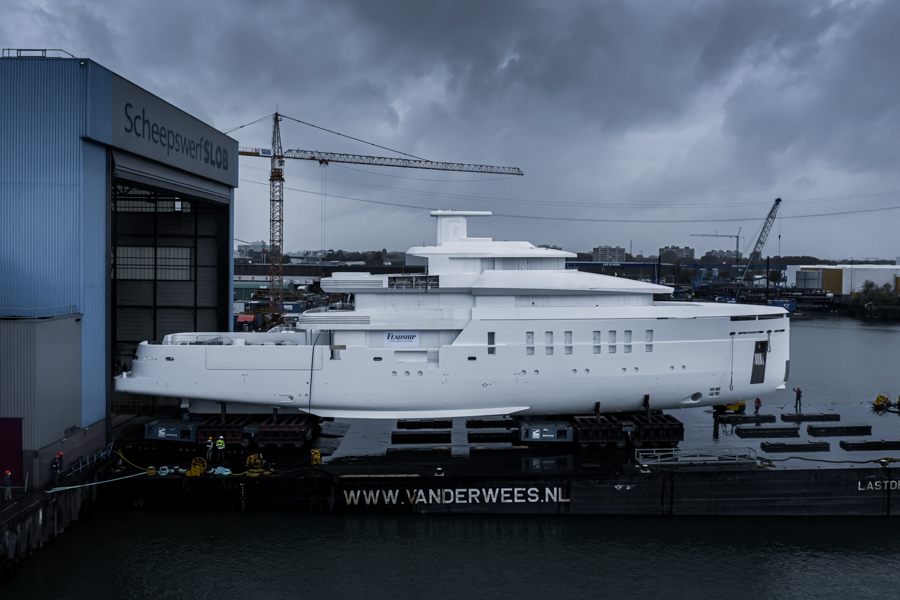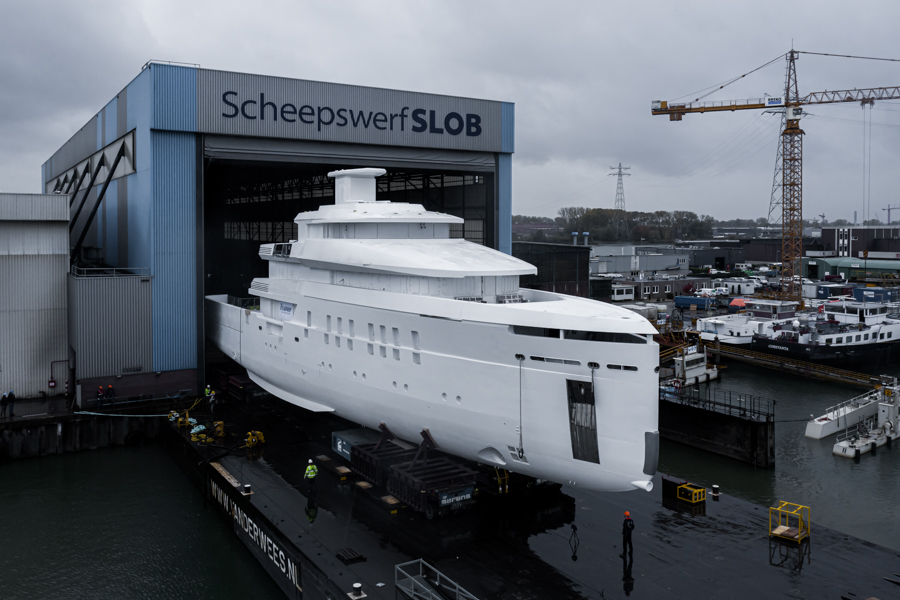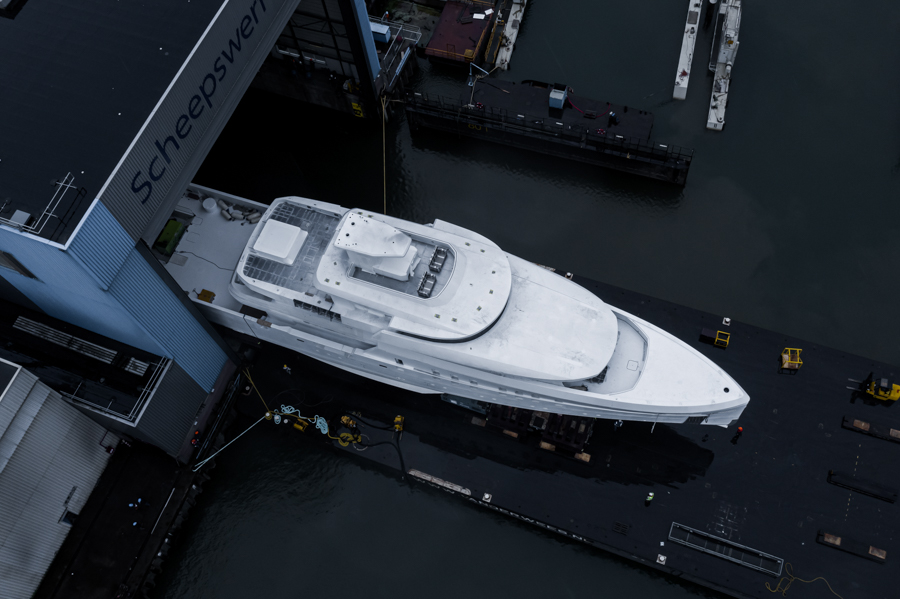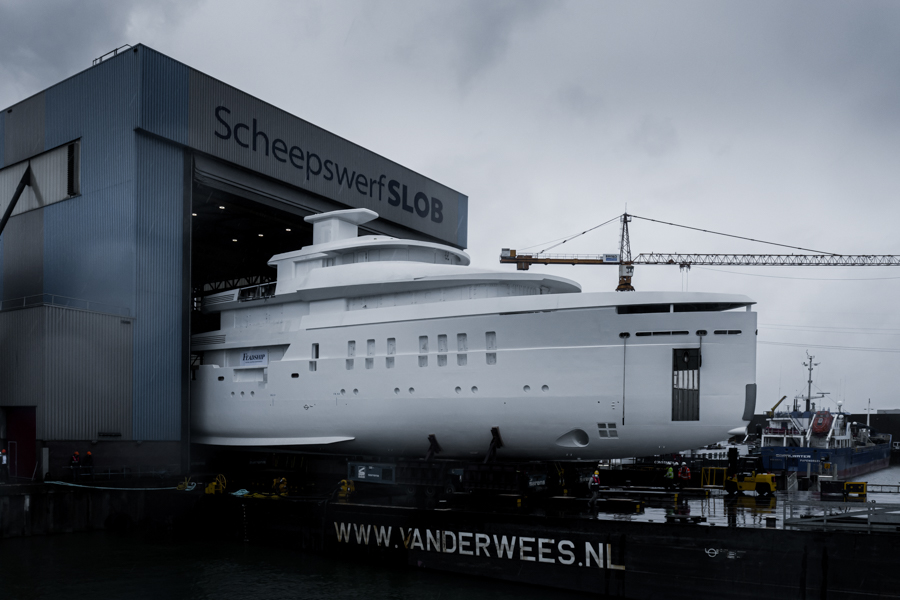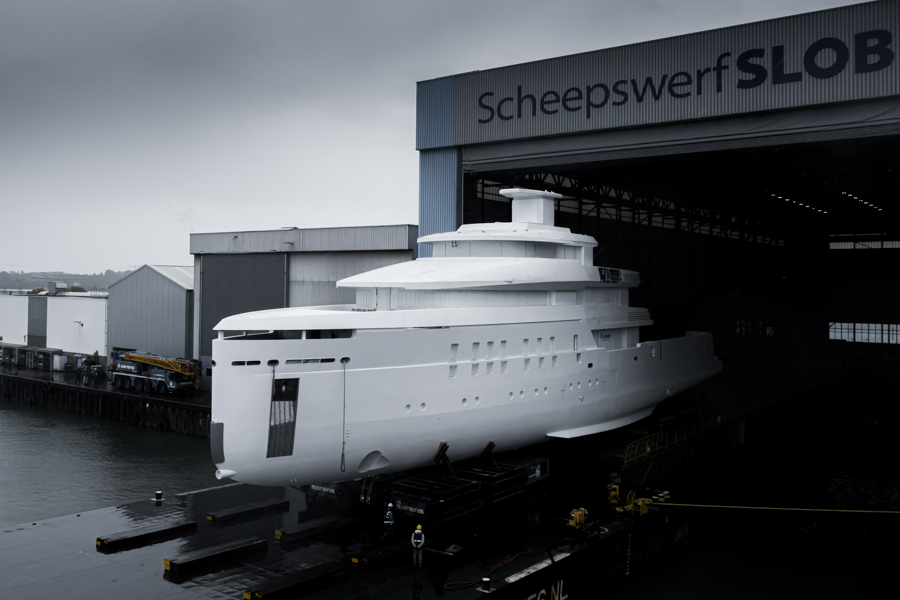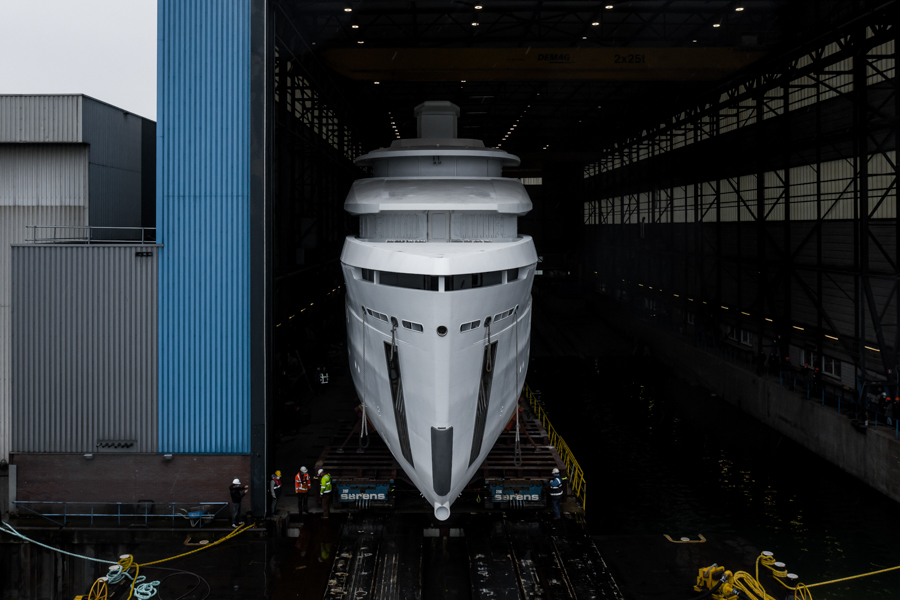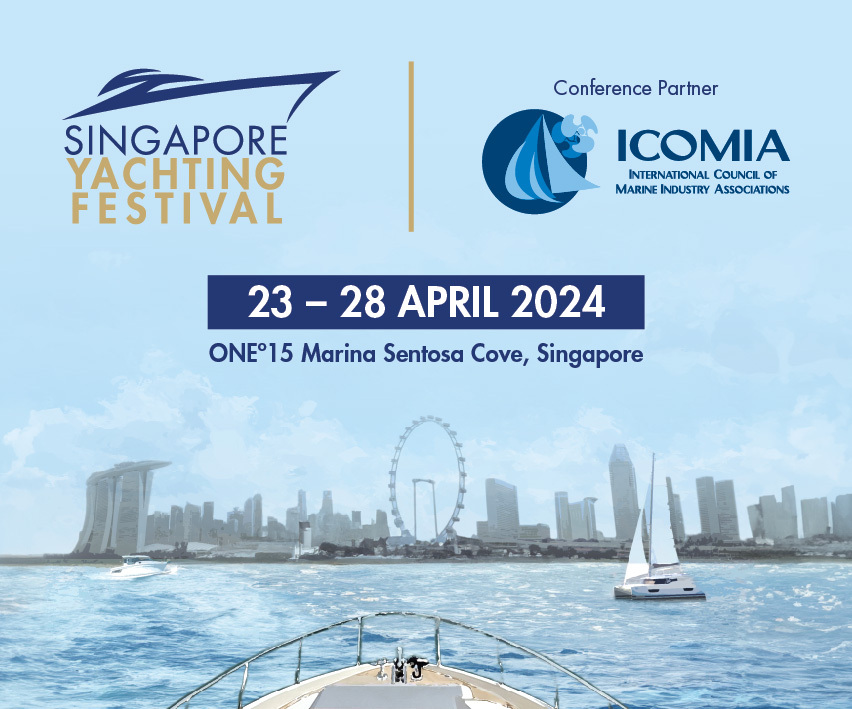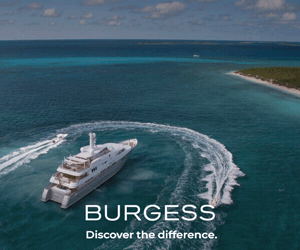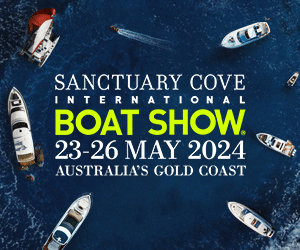Meeting of minds
Acclaimed designer, Philippe Briand reflects on how remote communication is changing the creative process in yacht design.
Photography by Tom van Oossanen
13 May 2021
It has been a busy year for the Vitruvius Yachts design studio, watching an ambitious expedition yacht enter the final stages of construction while another exciting 66-metre Lifestyle project is well underway.
With one more 52-metre superyacht design is well into the development phase, the momentum shows no sign of slowing at the London offices of Vitruvius.
For many, the last year has been a particularly challenging time as yachting professionals – especially those in design and creative areas – have had to quickly adapt to the “new normal” of remote working and digital connection through video conferencing technology.
This has been particularly felt during the crucial early development stages of a yacht construction project, as opposed to the past where face-to-face meetings have fuelled inspiration and progress.
At Vitruvius, the team led by Philippe Briand has found that under these new conditions, an efficient and productive way of working has evolved, especially when collaborating with exacting clients.
This experience brought to light the many benefits that remote communication can have, as well as the limitations.
Briand reflects on what he has learned from the process saying “On a recent call with the owner of our 66-metre Lifestyle yacht project currently under construction at Rossinavi, we joked that this must be the first yacht to be built on Zoom, because we have been working together for over one year now without ever having physically met”.
“It has been a surprisingly educational process, even after all these years of working in yacht design.
“Another client for a 52-metre yacht approached us a number of months ago with a comparative overview of what he liked in five yachts, and why he would not be buying those that were available on the market; he knew what he wanted, and he wanted to fit a lot into a platform of under 500GT.
“The challenge was not only to create a yacht that met all these demands, but also to communicate and constructively work with the client within the physical constraints of not being able to meet in person. Our mantra during this whole process has been: ‘preparation, incubation, evaluation, elaboration and communication’.
“However, now that the essence of the 52-metre yacht has been created – the architecture and the concept design – we find that we are reaching the limits of what can be done successfully via video conferencing alone. It’s been a steep learning curve, and it has probably drawn the process out somewhat.
“Carrying out design work and exchanging creative viewpoints over video is less efficient and has tested all of the designers involved. We have each gone through the various phases of the creative process individually – the incubation, evaluation and elaboration of an idea – and then needed to communicate this effectively with the other parties who themselves have their own challenges and focuses.
“An open-minded outlook has been crucial in finding harmonious solutions.
“Will we continue using remote communication tools in the future, once we are permitted to return to our face-to-face meetings? Yes, most likely to some extent. But will we continue to prefer the responsive and personal elements of in-person collaboration? Undoubtedly.”
Currently underway at Rossinavi’s facilities in Viareggio is construction on a 66-metre Vitruvius yacht, with delivery expected in 2023. Based on the Vitruvius Lifestyle yacht design, its contract was signed in December 2019 and, as a sign of the times, the development phase was efficiently and successful completed entirely through Zoom video conferencing technology.
As a global citizen, the yacht’s owner plans to exclusively use it for private holidays with friends and family. Having chartered twice a year for the last 20 years, the client is a focused and discerning yachtsman who has compiled a precise and extensive wish list for his dream yacht during this period. The owner’s representative on the project is Fabrizio Loi of Florida-based new construction specialist Interyachting, while interior design is being carried out by Enrico Gobbi.
“It has been a fascinating and stimulating process designing this 66-metre yacht, as the owner is one of the most thorough and knowledgeable clients that I have had the pleasure to work with in my four decades as a yacht designer,” says Briand.
“By meticulously recording every detail and preference for his perfect yacht over the course of two decades’ chartering, he has created a comprehensive design reference that includes an extensive photo archive.
“Alongside the guidance of his owner’s representative, we were provided with a very detailed feedback and preferences. Every line, every single volume of the yacht has been scutinised.
“One would think this tiresome, but it was quite the opposite because the team fed off the gentlemen’s input and experience and I think we are delivering a superior yacht, and it has been a thoroughly enjoyable project to work on together.
“The benefits will no doubt been seen in the final outcome of this special Vitruvius yacht when launched in two years’ time.”
Then there’s the ice-classed 55-metre project “Shinkai”, a true expedition yacht in every sense, currently in build at Feadship in Aalsmeer, is due for delivery at the end of 2021. This is an expedition yacht for a family of three generations to set off in and explore the world.
As with all Expedition vessels, the yacht’s design brief focused on very particular requirements; in this case, serving as the base for operations of a 6.3-tonne, three-person submersible for pioneering underwater exploration. The open aft deck provides the perfect space to house the submersible in a shallow well, alongside its eight-tonne Palfinger knuckle-boom launching crane and a host of other toys including two sizeable tenders and a Toyota Land Cruiser, stored in a sealed garage for protection from the elements.
To allow for the planned cruising to high-latitude regions, Shinkai has been fitted with a cutting-edge gyroscopic stabilisation system that has never been previously seen on a yacht of this scale.
The gyro is particularly important for the use of the submersible, as the sub needs a perfectly stable launching platform but also for the use in icy water. Instead of the deploying conventional fin stabilisers as those are at risk of being damaged by ice and flotsam, and are inefficient at low speeds.
In all exploration vessels the design is driven by the extensive presence of equipment on the aft deck. The owners of Shinkai wanted to maintain a luxurious degree of comfort and, with such significant demands on the rear deck space for technical equipment, the guest accommodations have been moved forwards and upwards.
The resulting design has a higher profile than is customarily seen on the sleek and elegant Vitruvius yachts.
Shinkai has four levels including a large owner’s apartment on the upper deck alongside a full-beam dining room and his and hers offices with panoramic views forward. There are four further guest suites and seven cabins for 12 crew complete the accommodations.
After delivery at the end of the year, Shinkai’s owners plan to undertake a Northwest Passage to allow her to stretch her legs and test her capabilities in Arctic conditions, where the submarine will provide guests with a front row view of such enigmatic sea life as narwhals and beluga whales.
“This is a special project for us, as the yacht is the second yacht we have designed for the owner. He was the first yachtsman to adhere to the principles of the efficient hulls,” comments Briand.
“We are thrilled with the progress that has been made on Shinkai in recent months and are enjoying watching the final stages of her construction at Feadship. As the second Vitruvius yacht to be built at the prestigious yard, this is another meeting of great minds and great names that will no doubt result in a landmark yacht to inspire many more adventurous owners of the future.”


